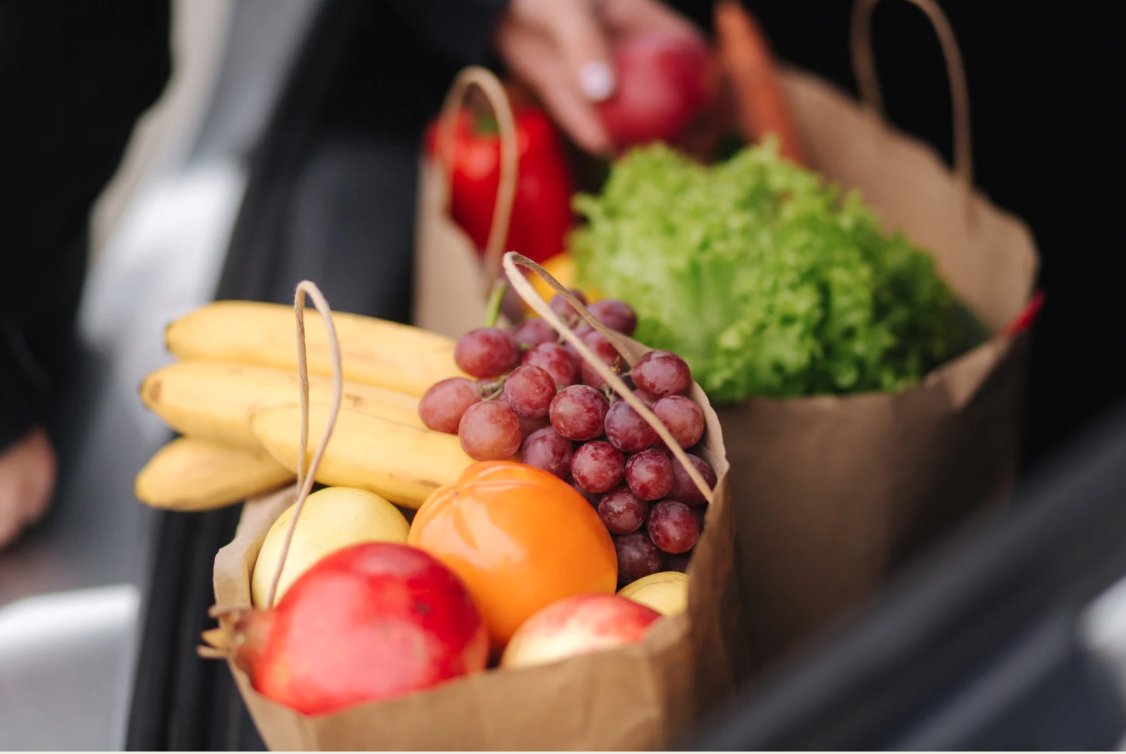
Fresh Flavors, Full Wallets: The Financial and Creative Benefits of Seasonal Eating
Savouring the Seasons
There’s one timeless tradition that connects us to the natural world and nourishes both body and soul: seasonal eating. In our fast-paced modern society, where convenience often trumps conscientiousness, embracing seasonal eating offers a multitude of benefits—both financial and creative—that extend far beyond the dinner table. Join me on a culinary adventure as we explore the wonders of seasonal eating and discover how it can enrich our lives in ways we never imagined.
The Science of Seasonal Eating
Research has shown that consuming fruits, vegetables, and other foods that are in season not only enhances flavor and freshness but also maximizes nutritional value. Seasonal produce is harvested at its peak ripeness, meaning it’s packed with essential vitamins, minerals, and antioxidants that support overall health and well-being. Studies have also linked seasonal eating to improved digestive health, reduced inflammation, and even a lower risk of chronic diseases such as heart disease and cancer.
Financial Benefits
Eating seasonally isn’t just good for your health—it’s also good for your wallet. When you purchase foods that are in season, you’re often buying them at their lowest prices, as they’re abundant and readily available. By shopping at local farmers’ markets or joining a community-supported agriculture (CSA) program, you can support local farmers, reduce your carbon footprint, and enjoy fresh, flavorful produce at a fraction of the cost of imported or out-of-season items.
Cultivating Creativity
Seasonal eating invites us to embrace our inner culinary artist and get creative in the kitchen. With each change of the seasons comes a new palette of flavors, textures, and ingredients to experiment with. From hearty root vegetables and crisp apples in the autumn to vibrant berries and leafy greens in the spring, the possibilities are endless. By embracing seasonal eating, we can expand our culinary horizons, sharpen our cooking skills, and savor the joy of creating delicious, nourishing meals from scratch.
Tips for Making Seasonal Eating Work:
- Know What’s in Season: Familiarise yourself with the fruits, vegetables, and other foods that are in season in your region each month. Websites, apps, and seasonal eating guides can be valuable resources for staying informed.
- Shop Local: Support local farmers and artisans by shopping at farmers’ markets, joining a CSA program, or participating in community food co-ops. Not only will you enjoy fresher, higher-quality produce, but you’ll also reduce your environmental impact and strengthen your connection to the land.
- Plan Your Meals: Take time to plan your meals around seasonal ingredients, incorporating them into your recipes in creative and innovative ways. Experiment with different cooking techniques, flavour combinations, and cultural cuisines to keep things exciting and inspiring.
- Preserve the Harvest: Extend the bounty of the season by preserving excess produce through canning, freezing, drying, or fermenting. Not only does this help reduce food waste, but it also allows you to enjoy your favourite seasonal flavours year-round.
- Embrace Flexibility: While it’s important to prioritise seasonal eating, don’t be too hard on yourself if you occasionally indulge in out-of-season treats or convenience foods. The key is to strike a balance that works for you and your lifestyle, allowing room for flexibility and enjoyment without sacrificing your health or values.
Seasonal Ingredients:
Spring
- Asparagus
- Artichokes
- Peas
- Spinach
- Lettuce and salad greens
- Rhubarb
- Strawberries
- Radishes
- Arugula
- Fava beans
Summer
- Tomatoes
- Corn
- Zucchini
- Bell peppers
- Cucumbers
- Watermelon
- Berries (blueberries, raspberries, blackberries)
- Peaches
- Plums
- Basil
Autumn
- Apples
- Pears
- Pumpkins
- Squash (butternut squash, acorn squash)
- Sweet potatoes
- Brussels sprouts
- Cauliflower
- Broccoli
- Grapes
- Cranberries
Winter
- Citrus fruits (oranges, grapefruits, lemons)
- Kiwi
- Persimmons
- Pomegranates
- Cabbage
- Carrots
- Beets
- Turnips
- Kale
- Leeks
Cultivate Vibrancy
By embracing seasonal eating, we can nourish our bodies, nurture our creativity, savour the abundance of flavours that nature has to offer. We can enrich our lives with health, inspiration, and a newfound appreciation for the simple joys of wholesome food. So, let’s gather around the table, celebrate the bounty of the earth, and savour every delicious moment together.
Always,
Amy Elizabeth





